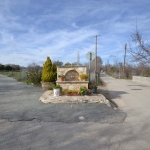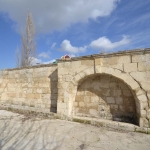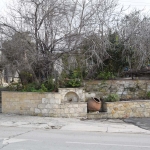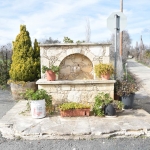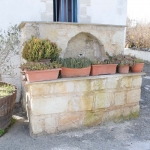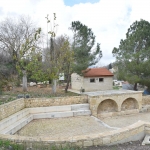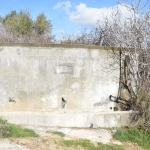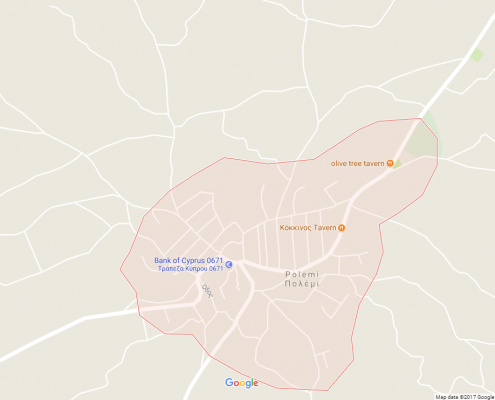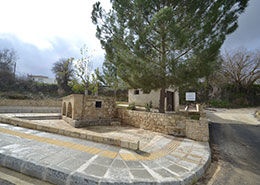
The village used to be supplied with water through community and private water wells. Then three fountains served the need for water: the fountain of Kayiou, Kato Vryssi and Xina. All three of them are saved. They are special for their beauty, since they are “made of stone with arches”.
The three fountains, as Mr. Andreas Onisiforou Polemitis mentions, functioned with an underground tunnel (lagoumi) that gathered water at a distance of 600 to 700 meters. During the summer the fountains did not provide water in contrast to winter, when the water was abundant. Kato Vryssi always had more water to offer than the other two. The inhabitants of the village mention that “Kato Vryssi was the richest in the village”.
It is worth mentioning that some of the habits of the inhabitants were inextricably connected with these fountains. All women used to wash their laundry and their crockery at the fountains using “alusiva”, namely ashes from vineyard branches. What is more, they filled their pots-made in Phoini or Kornos- with water from the nearest fountain and brought them home. They used to place them on a special stall at night, known as “pot-holder”, so as to enjoy cool water the day after. They used to cover the water-jug with savoury branches, which not only protected the cleanliness of the water but also “gave it a wonderful scent”.
The afore-mentioned fountains ceased to function in the middle of the 1950’s, when they were replaced by fountains installed in each neighborhood. Between 1951 and 1956, water was transferred from the forest of Appyes and Papa Louca in water tanks and from there to the whole of the village. Hence, each neighborhood had its own fountain until the declaration of the republic of Cyprus, when they were all eliminated. From all these fountains, only four have survived.
However, the afore-mentioned forests ceased to provide the village with water due to long-term periods of drought. Water was then supplied from the “Perispomeni” area. Nowadays, there is a modern water-supply system installed in the village.
Source:
Mr.Andreas Onisiforou Polemitis, inhabitant of Polemi
